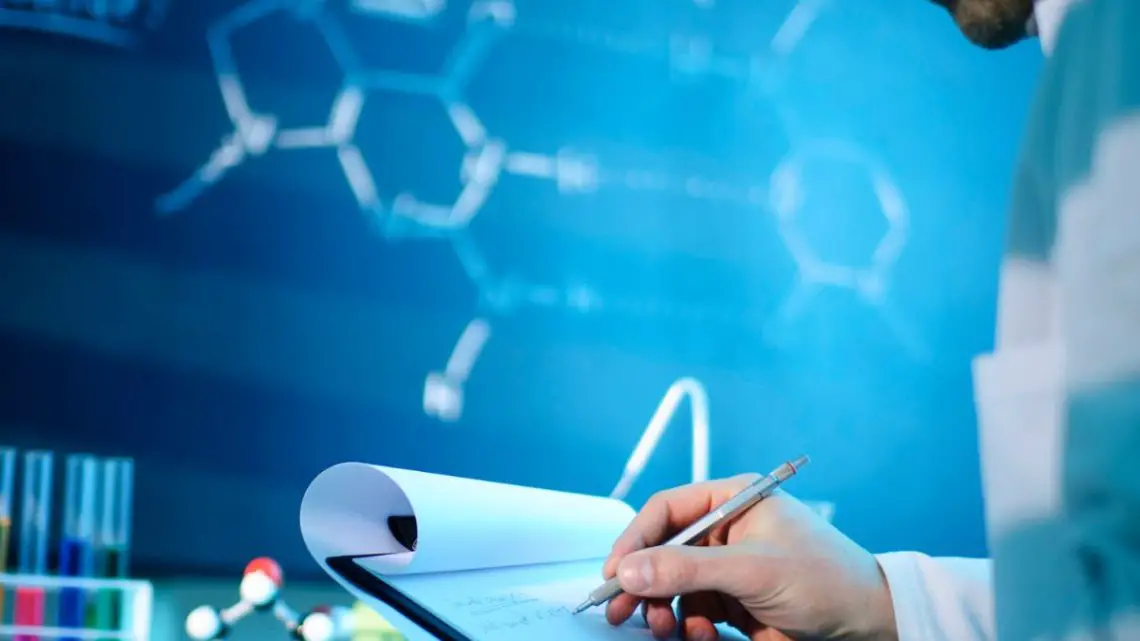
Nanomaterial Paves the Way for Efficient Hydrogen Fuel Production from Fresh and Saltwater
June 24, 2023An international scientist team has developed the nanomaterial that works with fresh or saltwater.
A team of scientists from around the world have reached an important achievement in the production of clean energy through the invention of a new nanomaterial that can be used to produce hydrogen fuel using fresh or saltwater using solar energy.
The innovative new strategy was inspired by bacteria performing photosynthesis.
The researchers took inspiration from bacteria that perform photosynthesis. They view their methodology as having considerable potential to revolutionize the production of clean hydrogen fuel.
The scientists published their study in the Nature Catalysis journal. That paper explained how the researchers were able to mirror the photosynthetic bacteria’s structure. This made it possible to work as a light sensor and develop the necessary nanomaterial for the green H2 production.
The nanomaterial is what comprises the foundation of a synthetic system that is also capable of using solar energy for photocatalysis. Photocatalysis is a chemical reaction that produces H2 and other materials.
By using solar energy, the researchers converted water into hydrogen fuel for use as an energy source.
The H2 produced could be used in fuel cells and for other industrial requirements for clean energy.
One notably exceptional characteristic of the nanomaterial is that it is stable in water. Lead physical chemistry scientist at the University of Hong Kong.

University of Hong Kong
“The nanomaterial is stable enough in ambient water. That’s a big breakthrough because many things for photocatalysis reactions are not necessarily stable in water. Here we’re using water as the reactant – like nature does,” said lead physical chemistry scientist at the University of Hong Kong, David Lee Phillips.
Stable in water
Phillips has successfully used the stable nanomaterial able to withstand water to perform catalysis in ambient conditions. Water stability is a notable challenge in most photocatalysis reactions. He is now working with his team for the development of photocatalysis toolkits that convert carbon dioxide into usable substances. This new ambient temperature catalysis approach has the potential to boost efficiency and cost-effectiveness in a string of processes as it removes the requirement for intricate pressure and temperature controls.
ambient conditions. Water stability is a notable challenge in most photocatalysis reactions. He is now working with his team for the development of photocatalysis toolkits that convert carbon dioxide into usable substances. This new ambient temperature catalysis approach has the potential to boost efficiency and cost-effectiveness in a string of processes as it removes the requirement for intricate pressure and temperature controls.



 With over 15 years of reporting hydrogen news, we are your premier source for the latest updates and insights in hydrogen and renewable energy.
With over 15 years of reporting hydrogen news, we are your premier source for the latest updates and insights in hydrogen and renewable energy.
A new nanomaterial enables efficient hydrogen fuel production from both fresh and saltwater sources.
Doesn’t sun hydrogen already have multiple patents for this process, check out their website